Holger Hermanns
Saarland University, Germany
AI Act for the Working Programmer
Jul 23, 2024Abstract:The European AI Act is a new, legally binding instrument that will enforce certain requirements on the development and use of AI technology potentially affecting people in Europe. It can be expected that the stipulations of the Act, in turn, are going to affect the work of many software engineers, software testers, data engineers, and other professionals across the IT sector in Europe and beyond. The 113 articles, 180 recitals, and 13 annexes that make up the Act cover 144 pages. This paper aims at providing an aid for navigating the Act from the perspective of some professional in the software domain, termed "the working programmer", who feels the need to know about the stipulations of the Act.
Eidos: Efficient, Imperceptible Adversarial 3D Point Clouds
May 23, 2024Abstract:Classification of 3D point clouds is a challenging machine learning (ML) task with important real-world applications in a spectrum from autonomous driving and robot-assisted surgery to earth observation from low orbit. As with other ML tasks, classification models are notoriously brittle in the presence of adversarial attacks. These are rooted in imperceptible changes to inputs with the effect that a seemingly well-trained model ends up misclassifying the input. This paper adds to the understanding of adversarial attacks by presenting Eidos, a framework providing Efficient Imperceptible aDversarial attacks on 3D pOint cloudS. Eidos supports a diverse set of imperceptibility metrics. It employs an iterative, two-step procedure to identify optimal adversarial examples, thereby enabling a runtime-imperceptibility trade-off. We provide empirical evidence relative to several popular 3D point cloud classification models and several established 3D attack methods, showing Eidos' superiority with respect to efficiency as well as imperceptibility.
Software Doping Analysis for Human Oversight
Aug 11, 2023Abstract:This article introduces a framework that is meant to assist in mitigating societal risks that software can pose. Concretely, this encompasses facets of software doping as well as unfairness and discrimination in high-risk decision-making systems. The term software doping refers to software that contains surreptitiously added functionality that is against the interest of the user. A prominent example of software doping are the tampered emission cleaning systems that were found in millions of cars around the world when the diesel emissions scandal surfaced. The first part of this article combines the formal foundations of software doping analysis with established probabilistic falsification techniques to arrive at a black-box analysis technique for identifying undesired effects of software. We apply this technique to emission cleaning systems in diesel cars but also to high-risk systems that evaluate humans in a possibly unfair or discriminating way. We demonstrate how our approach can assist humans-in-the-loop to make better informed and more responsible decisions. This is to promote effective human oversight, which will be a central requirement enforced by the European Union's upcoming AI Act. We complement our technical contribution with a juridically, philosophically, and psychologically informed perspective on the potential problems caused by such systems.
On the Foundations of Cycles in Bayesian Networks
Jan 20, 2023Abstract:Bayesian networks (BNs) are a probabilistic graphical model widely used for representing expert knowledge and reasoning under uncertainty. Traditionally, they are based on directed acyclic graphs that capture dependencies between random variables. However, directed cycles can naturally arise when cross-dependencies between random variables exist, e.g., for modeling feedback loops. Existing methods to deal with such cross-dependencies usually rely on reductions to BNs without cycles. These approaches are fragile to generalize, since their justifications are intermingled with additional knowledge about the application context. In this paper, we present a foundational study regarding semantics for cyclic BNs that are generic and conservatively extend the cycle-free setting. First, we propose constraint-based semantics that specify requirements for full joint distributions over a BN to be consistent with the local conditional probabilities and independencies. Second, two kinds of limit semantics that formalize infinite unfolding approaches are introduced and shown to be computable by a Markov chain construction.
* Full version with an appendix containing the proofs
What Do We Want From Explainable Artificial Intelligence ? -- A Stakeholder Perspective on XAI and a Conceptual Model Guiding Interdisciplinary XAI Research
Feb 15, 2021
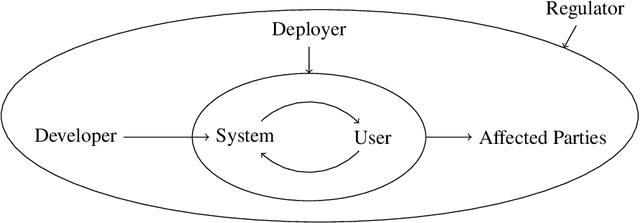
Abstract:Previous research in Explainable Artificial Intelligence (XAI) suggests that a main aim of explainability approaches is to satisfy specific interests, goals, expectations, needs, and demands regarding artificial systems (we call these stakeholders' desiderata) in a variety of contexts. However, the literature on XAI is vast, spreads out across multiple largely disconnected disciplines, and it often remains unclear how explainability approaches are supposed to achieve the goal of satisfying stakeholders' desiderata. This paper discusses the main classes of stakeholders calling for explainability of artificial systems and reviews their desiderata. We provide a model that explicitly spells out the main concepts and relations necessary to consider and investigate when evaluating, adjusting, choosing, and developing explainability approaches that aim to satisfy stakeholders' desiderata. This model can serve researchers from the variety of different disciplines involved in XAI as a common ground. It emphasizes where there is interdisciplinary potential in the evaluation and the development of explainability approaches.
Towards a Framework Combining Machine Ethics and Machine Explainability
Jan 03, 2019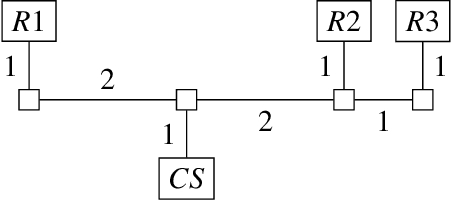
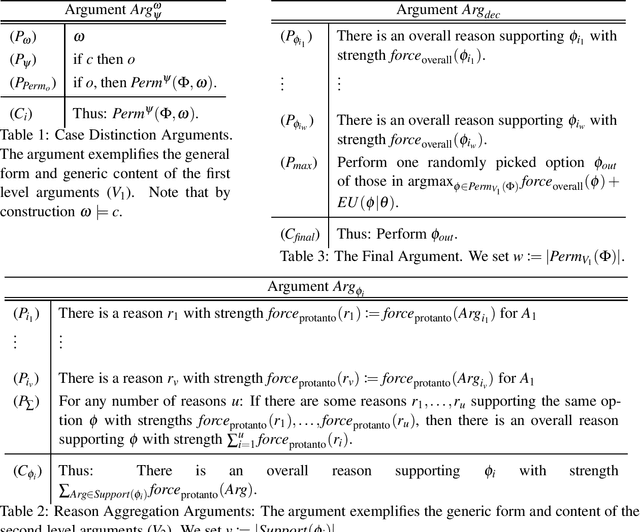
Abstract:We find ourselves surrounded by a rapidly increasing number of autonomous and semi-autonomous systems. Two grand challenges arise from this development: Machine Ethics and Machine Explainability. Machine Ethics, on the one hand, is concerned with behavioral constraints for systems, so that morally acceptable, restricted behavior results; Machine Explainability, on the other hand, enables systems to explain their actions and argue for their decisions, so that human users can understand and justifiably trust them. In this paper, we try to motivate and work towards a framework combining Machine Ethics and Machine Explainability. Starting from a toy example, we detect various desiderata of such a framework and argue why they should and how they could be incorporated in autonomous systems. Our main idea is to apply a framework of formal argumentation theory both, for decision-making under ethical constraints and for the task of generating useful explanations given only limited knowledge of the world. The result of our deliberations can be described as a first version of an ethically motivated, principle-governed framework combining Machine Ethics and Machine Explainability
* In Proceedings CREST 2018, arXiv:1901.00073
Multi-Objective Approaches to Markov Decision Processes with Uncertain Transition Parameters
Oct 20, 2017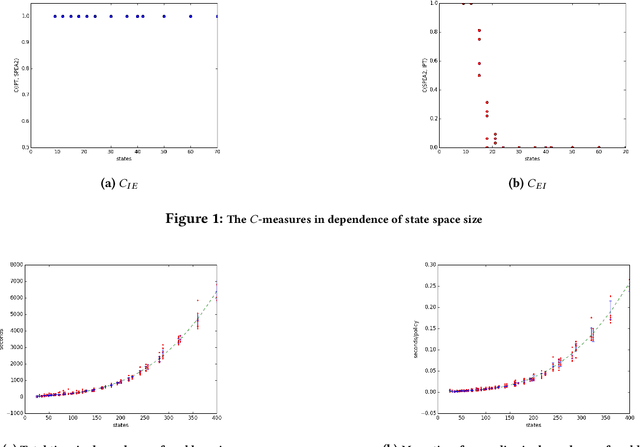
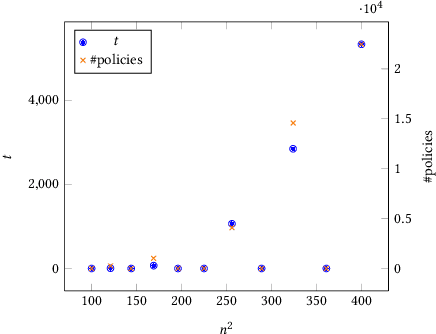
Abstract:Markov decision processes (MDPs) are a popular model for performance analysis and optimization of stochastic systems. The parameters of stochastic behavior of MDPs are estimates from empirical observations of a system; their values are not known precisely. Different types of MDPs with uncertain, imprecise or bounded transition rates or probabilities and rewards exist in the literature. Commonly, analysis of models with uncertainties amounts to searching for the most robust policy which means that the goal is to generate a policy with the greatest lower bound on performance (or, symmetrically, the lowest upper bound on costs). However, hedging against an unlikely worst case may lead to losses in other situations. In general, one is interested in policies that behave well in all situations which results in a multi-objective view on decision making. In this paper, we consider policies for the expected discounted reward measure of MDPs with uncertain parameters. In particular, the approach is defined for bounded-parameter MDPs (BMDPs) [8]. In this setting the worst, best and average case performances of a policy are analyzed simultaneously, which yields a multi-scenario multi-objective optimization problem. The paper presents and evaluates approaches to compute the pure Pareto optimal policies in the value vector space.
 Add to Chrome
Add to Chrome Add to Firefox
Add to Firefox Add to Edge
Add to Edge